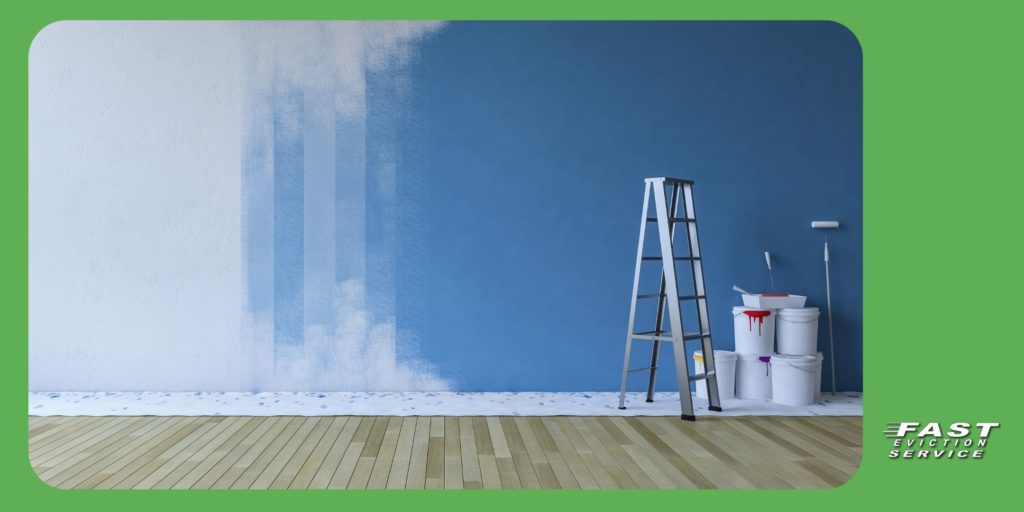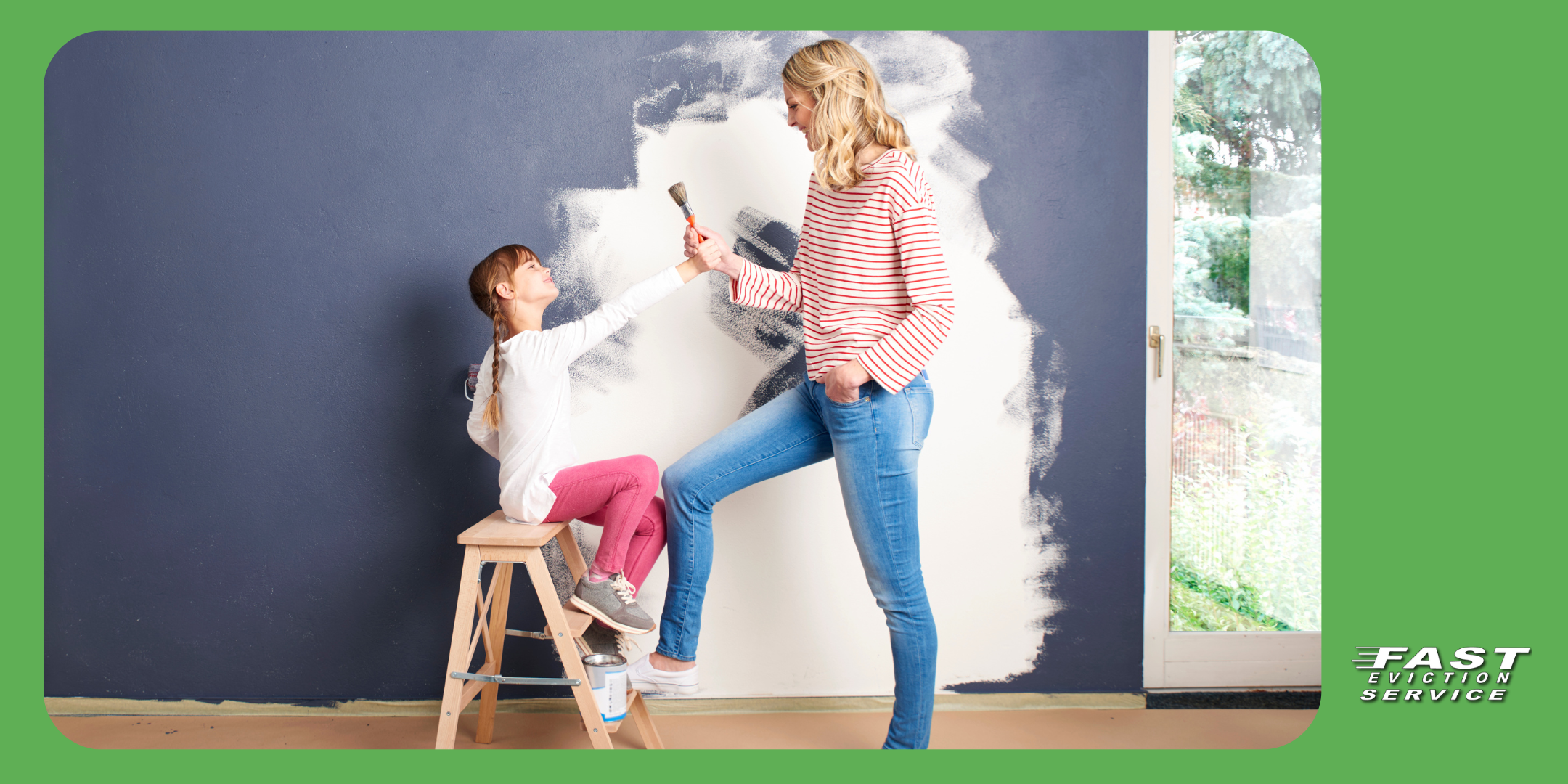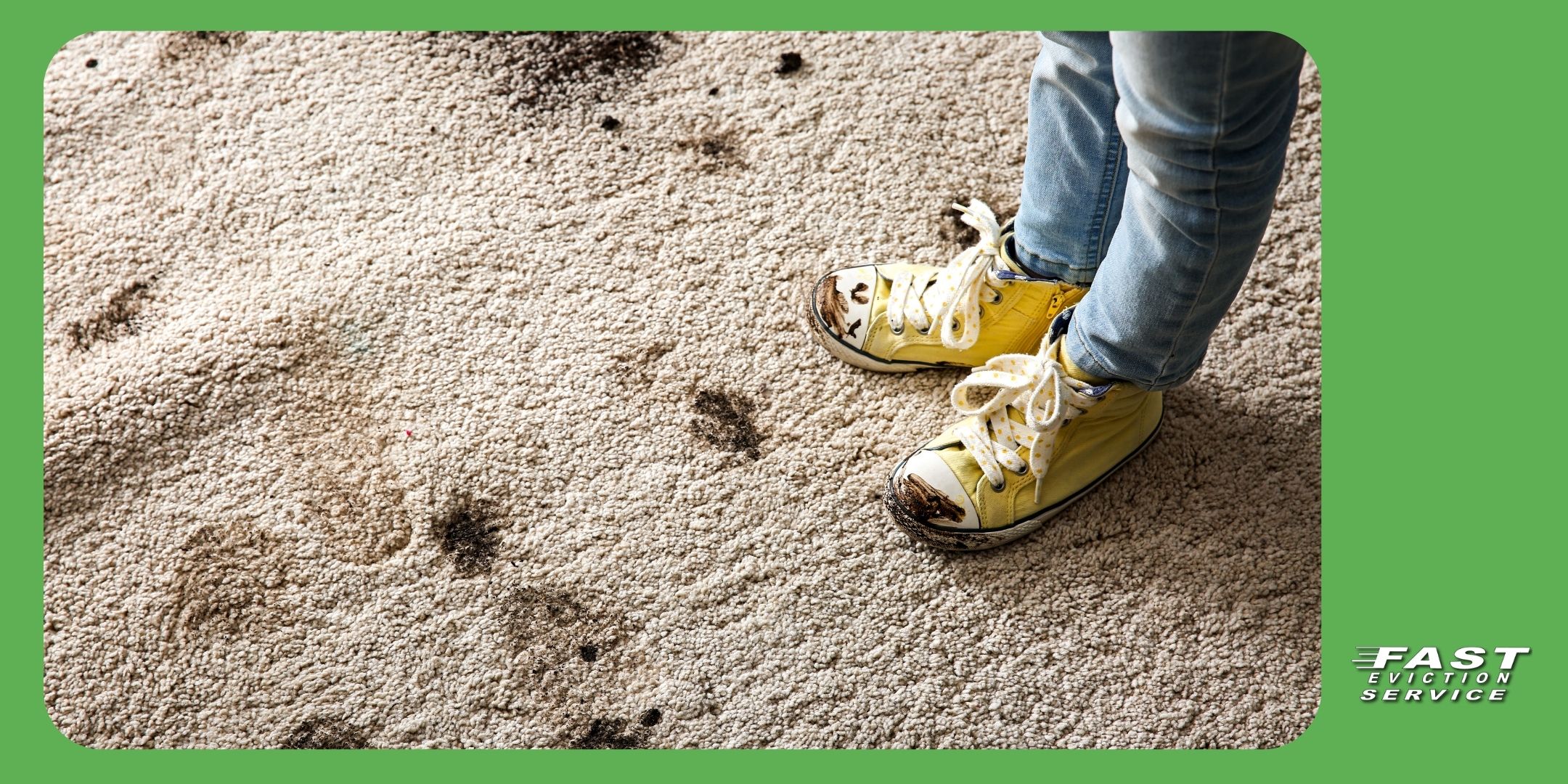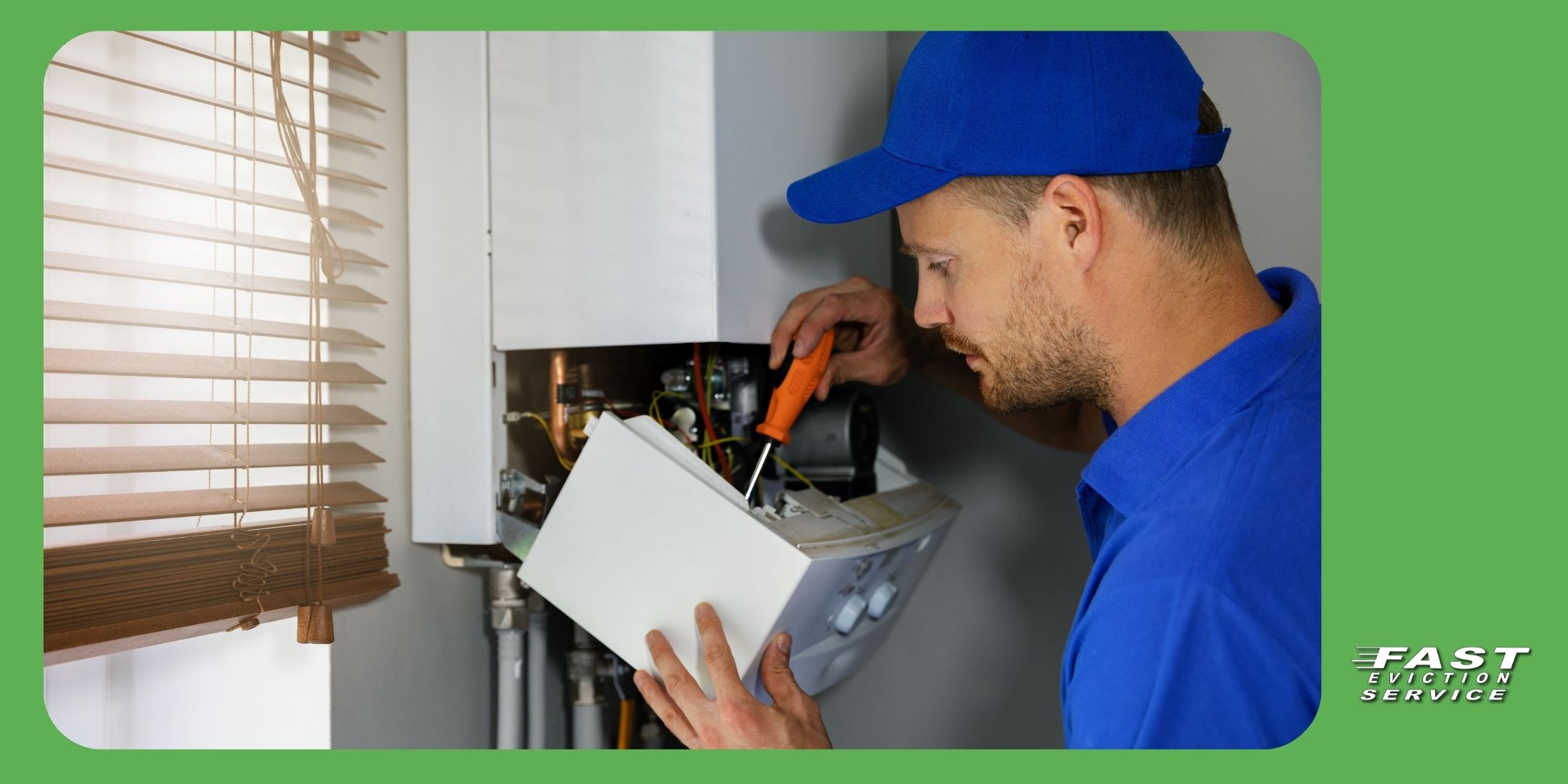Updated 01/21/25
As a landlord, maintaining the appearance and condition of your rental property is essential for attracting quality tenants and ensuring the long-term value of your investment. One common question landlords encounter is whether they need to repaint between tenants. While there is no universal rule, understanding your responsibilities and best practices can help you make informed decisions that balance tenant satisfaction with cost-effective property management.

This article explores the factors that influence repainting schedules, the legal obligations landlords may have, and how to incorporate painting policies into lease agreements. Whether you manage one property or multiple units, this guide will provide actionable insights into landlord painting responsibilities.
Table of Contents
- How Often Should You Repaint Your Rental Property?
- Key Factors That Determine Repainting Frequency
- Should Landlords Repaint Between Tenants?
- What Are the Legal Obligations for Landlords Regarding Painting?
- Best Types of Paint for Rental Properties
- Including a Painting Clause in Your Lease Agreement
- Tenant Painting Requests: What Landlords Need to Know
- Normal Wear-and-Tear vs. Repainting Responsibilities
- When Should Tenants Be Responsible for Repainting?
- Tips for Choosing Tenant-Friendly Paint Colors
How Often Should You Repaint Your Rental Property?
Repainting a rental property is a vital part of its maintenance. However, there is no one-size-fits-all answer to how often landlords should repaint. Industry standards suggest repainting every 3-5 years, but this timeframe can vary depending on factors such as tenant turnover, property type, and the quality of the original paint job.
Regular inspections can help landlords determine when repainting is necessary. Walls with scuffs, faded colors, or visible wear may signal it’s time to refresh the property’s look. Maintaining a consistent repainting schedule can also prevent long-term damage and make the property more appealing to prospective tenants.
Key Factors That Determine Repainting Frequency
Several factors influence how often landlords should repaint their rental properties. High-traffic areas, such as hallways and living rooms, tend to show wear more quickly than bedrooms or other low-traffic spaces. Additionally, the length of the tenancy can impact repainting needs. Long-term tenants may require fewer touch-ups compared to properties with frequent turnover.
Other considerations include the type of tenant. For instance, families with children or tenants with pets may unintentionally cause more wear and tear. Environmental factors, such as humidity, can also affect the longevity of paint, particularly in areas like bathrooms and kitchens.
Should Landlords Repaint Between Tenants?
Landlords are not legally required to repaint between tenants in most jurisdictions. However, repainting can be a strategic move to attract new tenants and command competitive rental rates. A freshly painted property looks cleaner and more inviting, which can help reduce vacancy periods.
That said, whether to repaint depends on the property’s condition. If the walls are in good shape with minimal wear, touch-ups may suffice. On the other hand, if the paint shows significant damage or outdated colors, a full repaint may be necessary to maintain the property’s appeal.
What Are the Legal Obligations for Landlords Regarding Painting?
In most areas, landlords are not legally obligated to repaint unless the paint presents a safety or health hazard, such as lead-based paint in older homes. However, some local laws may require landlords to address peeling or deteriorating paint to ensure the property meets habitability standards.
It’s essential to familiarize yourself with your state or local regulations regarding landlord painting responsibilities. Keeping accurate records of repainting schedules and maintaining compliance with legal requirements can protect you from potential disputes or liability.
Best Types of Paint for Rental Properties
Choosing the right paint for rental properties can make a significant difference in durability and maintenance. Landlords should opt for high-quality, washable paints with a satin or semi-gloss finish. These finishes are easier to clean, making them ideal for high-traffic areas.
Neutral paint colors for rentals, such as beige, gray, or off-white, are popular choices. They create a blank canvas that appeals to a wide range of tenants while maintaining a modern and fresh appearance. Avoid bold or unconventional colors, as they may not suit every tenant’s taste.
Including a Painting Clause in Your Lease Agreement
A well-drafted lease agreement can outline painting responsibilities clearly to avoid misunderstandings. Including a painting clause can specify:
- Whether tenants are allowed to paint the property and under what conditions.
- The landlord’s repainting schedule and obligations.
- How damages caused by unauthorized painting will be handled.
This clause ensures both parties understand their responsibilities and protects the property’s condition.
Tenant Painting Requests: What Landlords Need to Know
Tenants may occasionally request to paint their rental unit to reflect their personal style. As a landlord, it’s essential to consider these requests carefully. While allowing tenants to paint can improve their satisfaction, it also poses risks if they choose inappropriate colors or fail to restore the original paint upon move-out.
Landlords can require tenants to obtain written approval before painting and agree to repaint the walls to a neutral color at the end of the lease. This approach balances tenant preferences with property preservation.
Normal Wear-and-Tear vs. Repainting Responsibilities
Understanding the difference between normal wear-and-tear and tenant-caused damage is crucial for determining repainting responsibilities. Minor scuffs, small nail holes, and faded paint are considered normal wear-and-tear and are typically the landlord’s responsibility to address.
In contrast, significant damage, such as large holes, graffiti, or unapproved paint colors, may require tenants to cover the cost of repairs or repainting. Documenting the property’s condition through move-in and move-out inspections can help establish accountability.
When Should Tenants Be Responsible for Repainting?
Tenants may be held responsible for repainting if they:
- Apply unapproved paint colors or patterns.
- Cause excessive damage to walls beyond normal wear-and-tear.
- Fail to restore the original paint condition as outlined in the lease agreement.
Landlords should communicate these expectations clearly during lease signing to avoid disputes.
Tips for Choosing Tenant-Friendly Paint Colors
Selecting tenant-friendly paint colors can make your property more appealing and reduce the need for frequent repaints. Neutral tones like soft gray, beige, or off-white create a versatile backdrop that suits most furniture styles and decor preferences.
Additionally, using high-quality, low-VOC (volatile organic compound) paints can improve indoor air quality and appeal to eco-conscious tenants. Investing in durable, washable finishes ensures your paint job lasts longer, even in high-traffic areas.
Frequently Asked Questions
Are landlords required to paint between tenants?
No, landlords are not legally required to paint between tenants unless local regulations or habitability standards dictate otherwise.
How often should landlords repaint rental properties?
Industry standards suggest repainting every 3-5 years, depending on tenant turnover, property type, and wall condition.
Who pays for repainting if the tenant causes damage?
Tenants may be responsible for repainting costs if they cause significant damage or apply unapproved paint colors.
What is the best paint for rental properties?
High-quality, washable paints with satin or semi-gloss finishes are ideal for durability and easy maintenance.
Should painting responsibilities be included in a lease agreement?
Yes, a painting clause in the lease can clarify responsibilities and protect the property’s condition.
By understanding the factors that influence repainting needs and incorporating clear policies into your lease agreements, landlords can maintain attractive rental properties while minimizing conflicts with tenants. Fresh paint not only enhances the property’s appeal but also contributes to a positive renting experience for everyone involved.




